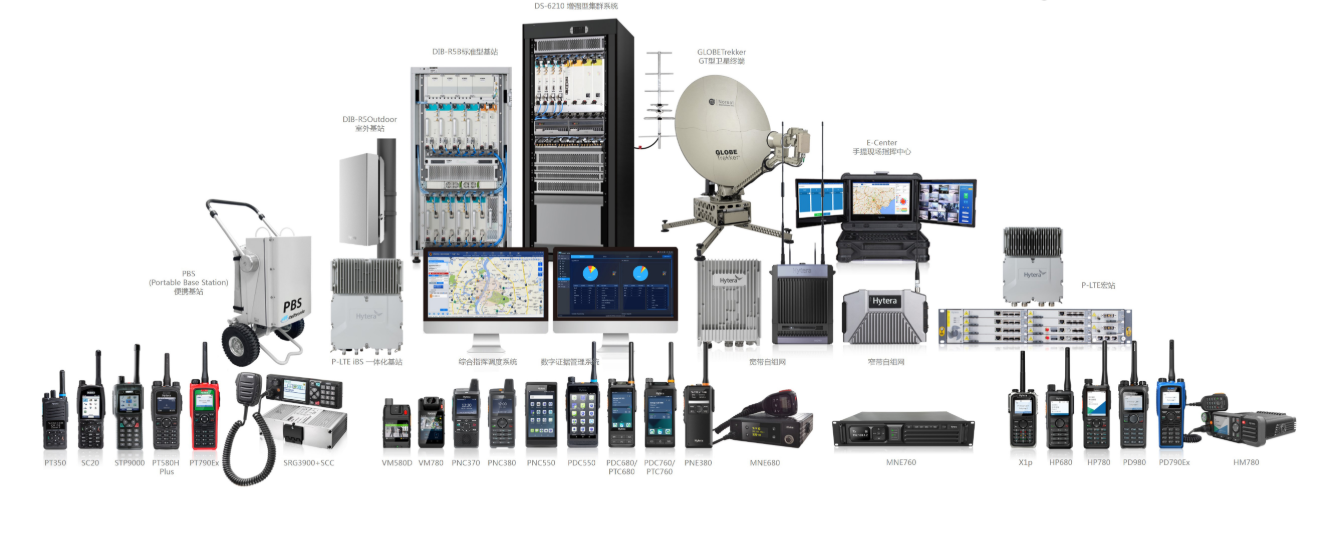Communication Devices: How Electronic Chips Enable Seamless Connectivity
Every wireless communication device begins with an RF front-end chip that converts antenna-picked analog signals into digital data streams. A low-noise amplifier boosts weak signals received over the air, while a mixer translates them to intermediate frequencies for further processing. After filtering, an analog-to-digital converter on the same module samples the signal at high rates, ensuring that downstream processors capture every nuance of the transmission without distortion.

Baseband Processing and Modulation
Once the RF front end has digitized the incoming waveform, a baseband processor chip takes over to demodulate and decode the information according to standards such as LTE, Wi-Fi, or 5G New Radio. This chip executes complex algorithms—orthogonal frequency-division multiplexing, error-correction codes, and multiple-input multiple-output signal separation—in real time. By embedding hardware accelerators for fast Fourier transforms and Viterbi decoding, modern baseband ICs handle data rates of several gigabits per second without slipping timing constraints.
Power Management in Always-On Devices
Communication devices must remain powered and responsive around the clock, so power management ICs play a vital role in balancing energy use. In a home router, a PMIC switches between standby and active modes, shutting down high-power amplifiers when no data is transmitted and quickly reactivating them when traffic surges. On battery-powered hotspots, PMICs monitor battery voltage and temperature, dynamically adjusting voltage rails to extend uptime during heavy usage or roaming.
Protocol Handling and Security Engines
Beyond raw signal processing, communication devices rely on protocol-offload chips to handle stacks such as TCP/IP, MPLS, or QUIC without overloading the main processor. Security accelerator modules on these chips perform encryption and decryption tasks—such as AES or TLS handshakes—at line speed, safeguarding data in transit. Because encryption routines can be computationally intensive, offloading them to dedicated silicon ensures smooth streaming and low latency, even under heavy network load.
Antenna Control and Beamforming
In advanced communication systems, antenna-control ICs adjust phase and amplitude settings across multiple antenna elements, creating focused beams that track users or point toward satellites. This beamforming technique increases link budget and reduces interference. By integrating digital-to-analog converters with precise timing controls in a compact package, these chips enable multi-gigahertz antenna arrays to switch beams in microseconds, maintaining high-quality links in dynamic environments.
Selecting the Right Chipset for Your Device
Designers must weigh throughput requirements against power budgets and form-factor constraints. A 5G smartphone baseband IC may deliver peak download speeds but consume more power and generate heat, whereas an IoT communication module optimized for low data rates can run for years on a small coin cell battery. By comparing datasheets for modulation support, throughput capabilities, and thermal characteristics, engineers select chips that match their device’s target use case and cost structure.
Future Trends in Communication Electronics
Looking ahead, integrating photonic-electronic co-processors will push data rates into the terabit-per-second range for backhaul networks. Chipmakers are also embedding AI-driven radio resource management directly into baseband processors, allowing networks to adapt to congestion and interference in real time. As semiconductor technologies advance, communication devices will become faster, more energy-efficient, and more secure than ever before.









